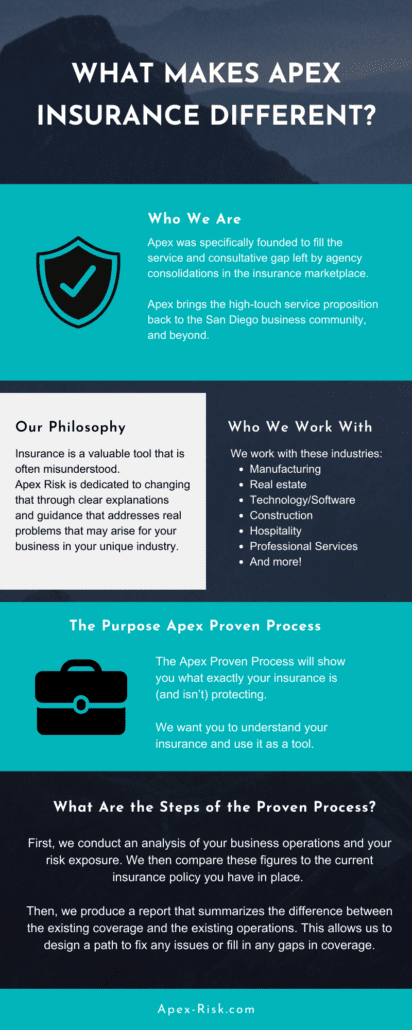Indicators on Pacific Prime You Need To Know
Indicators on Pacific Prime You Need To Know
Blog Article
Some Of Pacific Prime
Table of ContentsFacts About Pacific Prime UncoveredUnknown Facts About Pacific PrimeSome Known Questions About Pacific Prime.What Does Pacific Prime Mean?What Does Pacific Prime Do?

This is since the information were gathered for a period of solid financial performance. Of the approximated 42 million people who were without insurance, almost regarding 420,000 (concerning 1 percent) were under 65 years of age, the age at which most Americans come to be eligible for Medicare; 32 million were adults in between ages 18 and 65, about 19 percent of all grownups in this age; and 10 million were children under 18 years old, about 13.9 percent of all kids (Mills, 2000).
These price quotes of the number of persons uninsured are produced from the yearly March Supplement to the Current Population Study (CPS), conducted by the Census Bureau. Unless otherwise kept in mind, nationwide quotes of people without medical insurance and percentages of the populace with various kinds of insurance coverage are based on the CPS, one of the most commonly utilized resource of price quotes of insurance policy coverage and uninsurance prices.
Excitement About Pacific Prime

Still, the CPS is especially useful since it creates yearly quotes fairly quickly, reporting the previous year's insurance coverage estimates each September, and because it is the basis for a regular collection of quotes for greater than 20 years, permitting analysis of trends in protection in time. For these factors, along with the extensive use the CPS in various other research studies of insurance protection that are presented in this record, we rely upon CPS estimates, with constraints kept in mind.

The quote of the variety of uninsured individuals broadens when a population's insurance policy condition is tracked for numerous years. Over a three-year duration beginning early in 1993, 72 million individuals, 29 percent of the U.S. https://www.figma.com/file/DQaAURKv0Xz32XUI9NJXrd/Untitled?type=design&node-id=0%3A1&mode=design&t=rR5Yq5DjXQg5AhnB-1. population, were without coverage for a minimum of one month. Within a solitary year (1994 ), 53 million individuals experienced a minimum of a month without insurance coverage (Bennefield, 1998a)
6 out of every ten without insurance adults are themselves utilized. Working does improve the likelihood that one and one's household participants will certainly have insurance coverage, it is not a guarantee. Also members of family members with 2 full-time breadwinner have practically a one-in-ten opportunity of being without insurance (9.1 percent without insurance rate) (Hoffman and Pohl, 2000).
Fascination About Pacific Prime
New immigrants account for a substantial percentage of individuals without health insurance coverage. One evaluation has associated a substantial portion of the current development in the size of the U.S. uninsured populace to immigrants that arrived in the country in between 1994 and 1998 (Camarota and Edwards, 2000). Current immigrants (those that concerned the United States within the previous 4 years) do have a high price of being uninsured (46 percent), yet they and their kids account for just 6 percent of those without insurance policy country wide (Holahan et al., 2001).
The partnership between medical insurance and accessibility to care is well established, as documented later in this chapter. Although the partnership in between health insurance policy and wellness end results is neither straight neither easy, a comprehensive professional and wellness solutions study literature web links medical insurance coverage to improved access to care, better top quality, and boosted personal and population health and wellness condition.
Levels of evaluation for analyzing the impacts of uninsurance. This discussion of health insurance policy protection focuses largely on the U.S. population under age 65 due to the fact that virtually all Americans 65 and older have Medicare or various other public insurance coverage. Moreover, it focuses specifically on those with no health insurance for any kind of length of time.
The Ultimate Guide To Pacific Prime
The problems faced by the underinsured are in some areas similar to those faced by the without insurance, although they are normally less severe. Health and wellness insurance, nonetheless, is neither click necessary nor enough to gain access to medical solutions. The independent and straight effect of wellness insurance policy coverage on accessibility to health solutions is well developed.
Others will obtain the healthcare they need also without medical insurance, by spending for it out of pocket or seeking it from providers who supply care free or at very subsidized rates. For still others, medical insurance alone does not ensure receipt of treatment as a result of other nonfinancial obstacles, such as a lack of wellness care suppliers in their community, minimal access to transport, illiteracy, or linguistic and social distinctions.
The Basic Principles Of Pacific Prime
Official research about uninsured populations in the United States dates to the late 1920s and early 1930s when the Board on the Expense of Medical Care created a collection of records concerning financing doctor workplace gos to and hospital stays. This concern came to be salient as the numbers of clinically indigent climbed during the Great Clinical depression.
Report this page